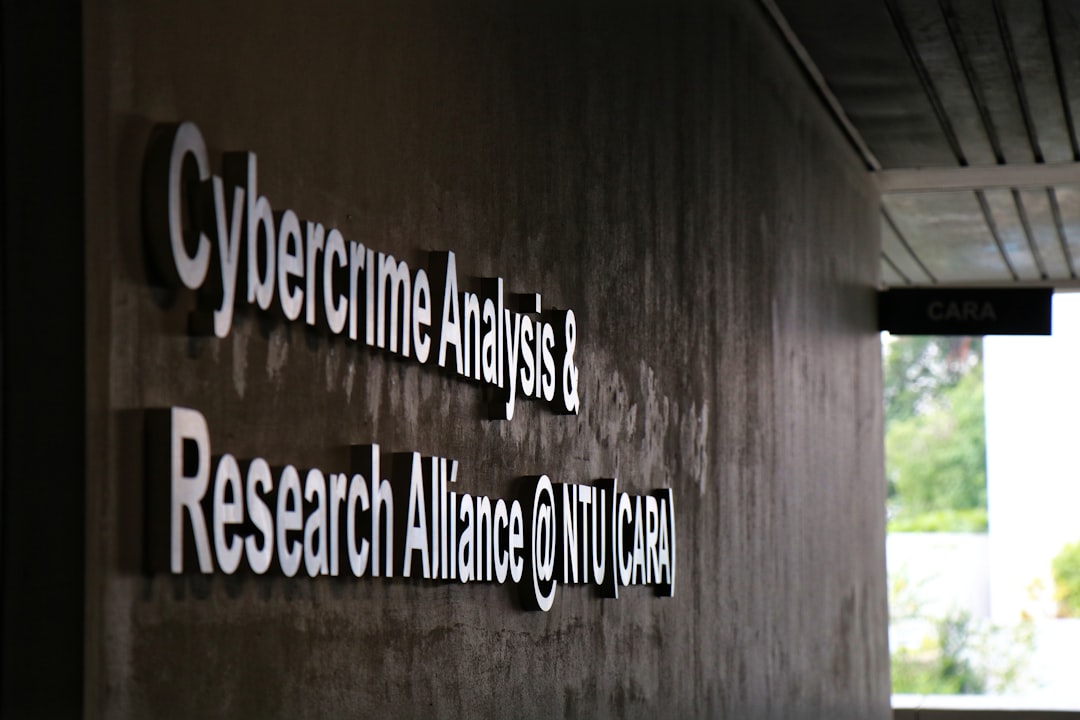In a world where digital landscapes are constantly evolving, cyber security has become a cornerstone of trust and safety for individuals, businesses, and governments alike. Whether you’re a corporate executive or an everyday internet user, understanding the core principles of cyber security is crucial. One popular framework used to comprehend and structure cyber security strategies is known as the 5 C’s of Cyber Security. These five pillars help organizations and individuals evaluate their security posture and resilience against threats.
Discover how Confidentiality, Control, Compliance, Continuity, and Cost shape robust cyber security approaches and why every one of them matters in today’s threat landscape.
1. Confidentiality
At the heart of data security lies the principle of confidentiality. It ensures that sensitive information is accessed only by authorized individuals and organizations. This is fundamental in sectors like healthcare, finance, and government, where a data breach could have catastrophic consequences.
From encrypting emails to using secure passwords and multi-factor authentication, there are many tools and techniques to preserve confidentiality. It’s about making sure that unauthorized eyes never see data they shouldn’t — be that personal identities, trade secrets, or intellectual property.

2. Control
Control refers to the implementation of measures that dictate who can access what within a system or network. This includes everything from user permissions to network access control and device management. Without control, it becomes nearly impossible to enforce security protocols or monitor insider threats.
An effective control strategy uses the principle of “least privilege,” granting users the minimum level of access they need to perform their job functions. Advanced systems also deploy behavior analytics and automated monitoring to detect and halt unauthorized actions in real time.
3. Compliance
With regulations like GDPR, HIPAA, and CCPA shaping data security rules across industries and jurisdictions, compliance has become more than just bureaucracy — it’s a security mandate. Businesses are legally obligated to demonstrate that their data protection practices align with current laws and regulations.
Failing to comply can invite heavy fines and reputational damage, not to mention increased vulnerability to cyber attacks. Regular audits, comprehensive staff training, and updated documentation are essential components of a good compliance strategy.

4. Continuity
A cyber attack doesn’t just threaten data — it threatens the ongoing operation of your entire organization. That’s where continuity plays a vital role. It’s about making sure you can maintain or quickly resume operations in the event of a disruption, whether caused by cybercrime, natural disasters, or system failures.
Business continuity planning (BCP) and disaster recovery (DR) solutions help minimize downtime and data loss. These may include secure data backups, cloud replication, failover systems, and incident response teams trained to act swiftly when things go wrong.
5. Cost
While many organizations understand the value of investing in cyber security, cost remains a major consideration. Balancing budget constraints with security needs requires smart planning and prioritization.
The cost factor includes not only direct expenses such as security software and personnel but also indirect costs like downtime, reputational harm, and compliance fines. This C encourages companies to conduct cost-benefit analyses to optimize security spending and avoid under-investing in critical areas.
Moreover, with the rise of ransomware and other financially motivated attacks, there’s a growing understanding that the cost of inaction often outweighs any upfront investment in preventive security.
Final Thoughts
Understanding the 5 C’s of Cyber Security — Confidentiality, Control, Compliance, Continuity, and Cost — provides a comprehensive approach to managing digital risks. These pillars serve as a guide for building a resilient cyber security framework that not only protects against evolving threats but also aligns with business goals.
In today’s highly connected digital ecosystem, cyber security is no longer optional. It’s an ongoing strategy that blends technology, policy, and people. When the 5 C’s are integrated thoughtfully and consistently, they create a powerful defense that stands up to the growing complexity of the cyber threat landscape.
